By Dennis Taylor
MONTEREY >> The Monterey Bay Aquarium Seafood Watch program announced Tuesday that it has removed 21 commercially important species of West Coast groundfish from its "Avoid" list, upgrading those species to either "Best Choice" or "Good Alternative."
Among species that have been upgraded are sablefish, rockfish typical sold as "snapper," and popular flatfish species caught by bottom-trawl and other methods.
West Coast groundfish have been regarded as a commercial fishery failure since 2000, when they were declared a federal disaster due to overfishing. The turnaround from "Avoid" status to a sustainable ranking is attributed to management improvements implemented since 2000.
"This is one of the great success stories about ecological and economic recovery of a commercially important fishery," said Margaret Spring, vice president of conservation and science, and chief conservation officer for the Monterey Bay Aquarium. "A huge part of the turnaround is reliance on science-based conservation and management practices that Congress endorsed in its 2006 update of U.S. fishery law."
Key factors contributing to fishery improvements that led to the new recommendations include approaches that cut down on the catch of overfished species, use of area closures and creation of marine protected areas to safeguard vulnerable habitat, conservative fishing quotas that take into account uncertainty in the understanding of fish biology and fisheries, accountable catch limits, and better monitoring and control of the catch.
"It is so gratifying to see fishermen and conservation interests coming together to agree that trawl-caught groundfish — rockfishes, petrale sole, black cod and more — are harvested sustainably and with care for their habitats," said Monterey Harbormaster Steve Scheiblauer. "These fish have been a cornerstone of Monterey's fishing heritage and economy. It's great to see Seafood Watch acknowledge the management changes that have brought this fishery back."
The Monterey Bay Aquarium Seafood Watch program helps consumers and businesses choose seafood that's fished or farmed in ways that protect sea life and habitats, now and for future generations. Its recommendations indicate which seafood items are "Best Choices" or "Good Alternatives," and other to "Avoid."
Since 1999, Seafood Watch has distributed over 45 million consumer guides, and a free smartphone app has been downloaded more than a million times. Its business program encourages restaurants, distributors and seafood purveyors to purchase from sustainable sources. More than 1,000 businesses across North America rely on Seafood Watch science to guide their seafood purchases — including two of the largest food service companies on the continent.
"The turnaround in such a short time is unprecedented," said Jennifer Dianto Kemmerly, director of the Seafood Watch program. "Fishermen, federal agencies and our environmental colleagues have put so much effort into groundfish recovery, and now we're seeing the results of their work."
The reclassification is a positive development for consumers and local eateries, according to Top Chef All Stars winner Richard Blais, a member of the Seafood Watch Blue Ribbon Advisory Panel of national culinary leaders.
"For chefs, this is great news," Blais said. "It gives us more sustainable seafood options to work with. More importantly, it shows that we can bring the oceans back to health and turn fisheries around when we work together."
"Not long ago many of these species were in collapse," said Tim Fitzgerald, who manages the sustainable seafood program for the Environmental Defense Fund — one of the organizations that worked with fishermen and fisheries managers on the turnaround. "Thanks to smarter fishing regulations and fishermen's commitment to conservation, consumers and seafood businesses can now add West Coast groundfish to their list of sustainable choices."
Dennis Taylor can be reached at 726-4371

